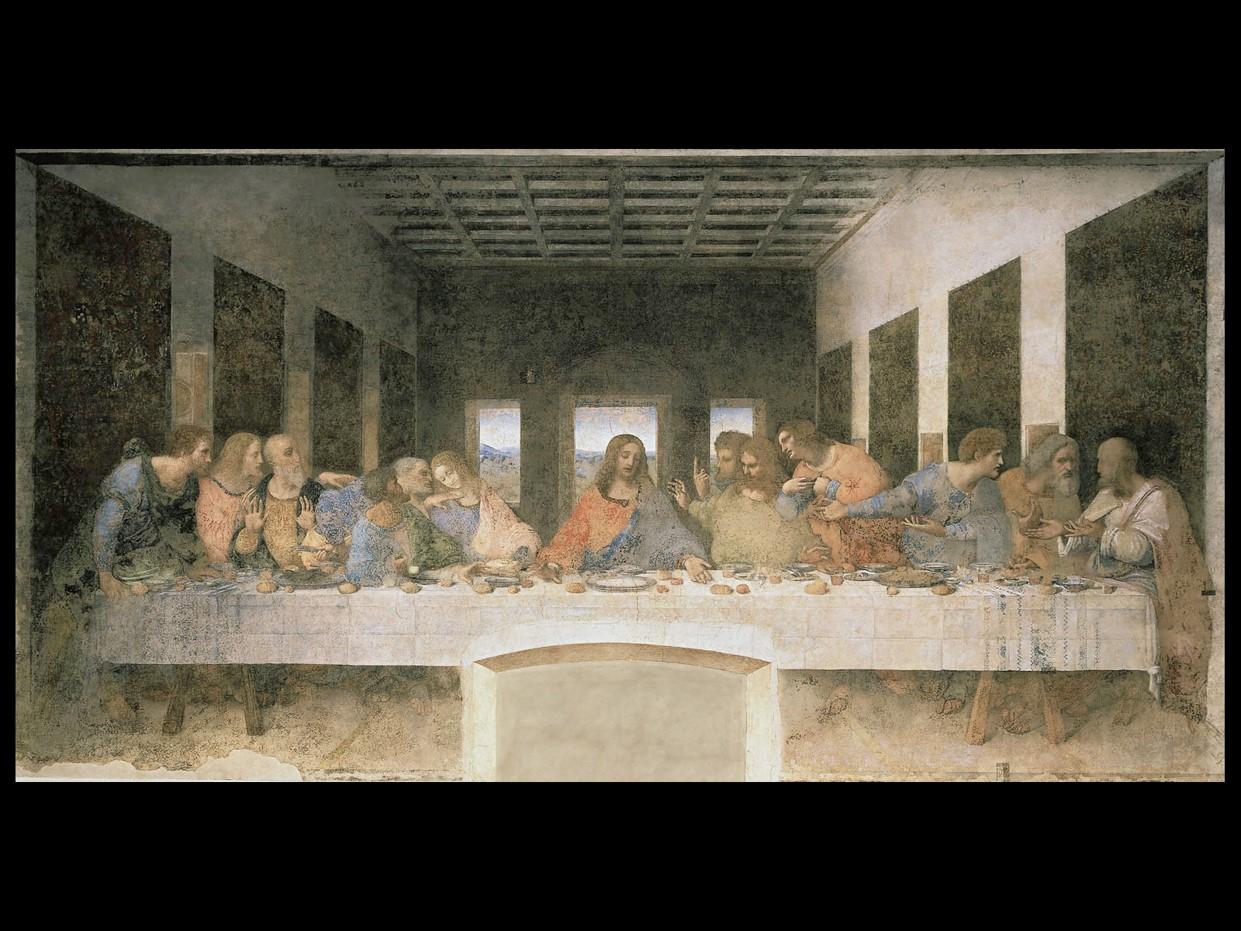Baroque architecture and urban planning were at their most flamboyant in Rome, where Urban VIII (1623-1644) and other popes sponsored churches, palaces, gardens, fountains, avenues, and piazzas in their determination to make their capital once again the most spectacular city in Europe. St. Peter’s Church, apart from Michelangelo’s dome, is a legacy of the baroque rather than the Renaissance.
In the last third of the century the France of Louis XIV set the trends in architecture, landscape gardening, town planning, and furniture—especially at Versailles and in Paris. Vienna, Munich, Madrid, Warsaw, and Prague also became major baroque cities, though their styles tended to be imitative of the Italian or French. Great architectural feats sometimes took two generations or more, and the post-1630 period (known as high baroque) was marked by constant building, even in lesser cities like Wiirzburg or Dresden.
In England baroque building was much diluted by classicism. Under Charles II the chief architect was Sir Christopher Wren (1632-1723), a talented engineer and astronomer who was deluged with commissions after a great fire destroyed much of London in 1666. St. Paul’s Cathedral, in particular, drew upon Wren’s capacity to fuse varying styles into a harmonious whole.
The arts of good living made substantial progress in the seventeenth century, despite the ravages of disease and famine that reduced the European population by at least 15 percent between 1648 and 1713. The expansion of Europe overseas made available the new beverages of coffee, tea, and cocoa, the new cotton fabrics, and luxuries like Chinese porcelain and lacquer ware. Exotic tropical woods were used to inlay and veneer furniture.
On the whole, furniture was becoming more specialized: dining chairs replaced dining benches; chairs were made both with arms and, to accommodate hoop skirts, without. Table napkins came into use; individual plates and glasses replaced communal bowls and goblets. Families of moderate means could afford these innovations, as well as a teapot, a pitcher, and a few items of plain silver, and thus shared in what amounted to a revolution in domestic arrangements.

